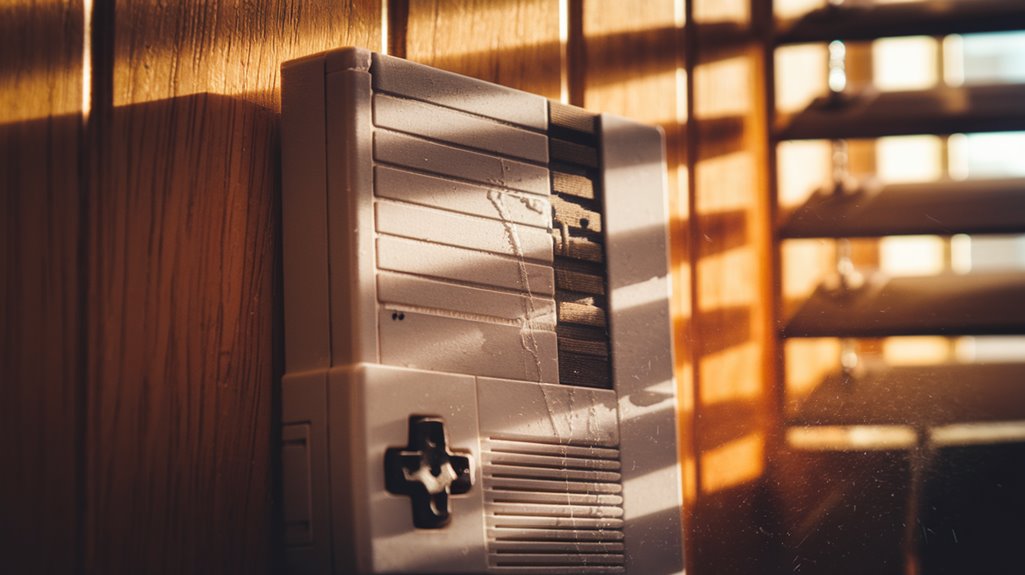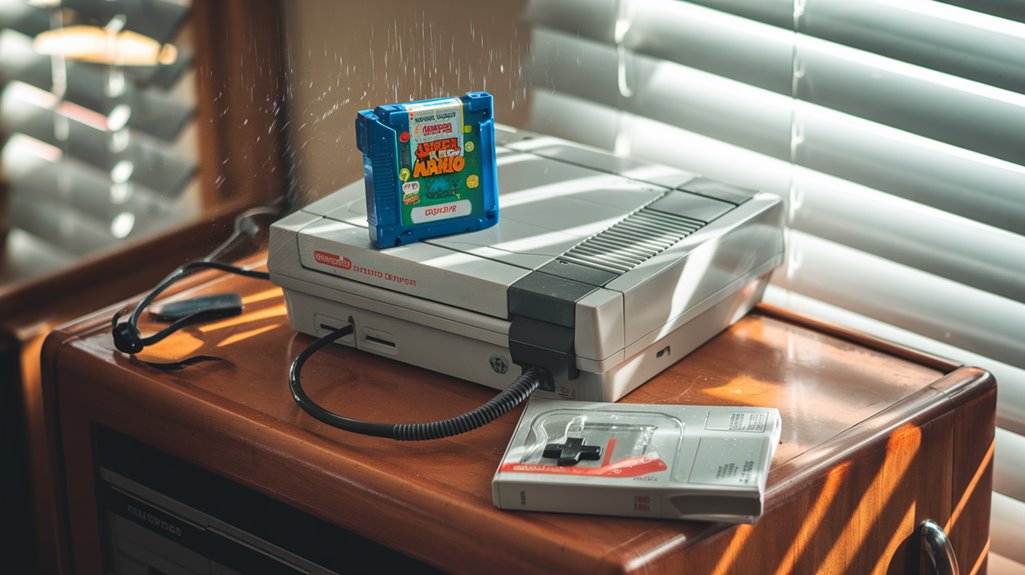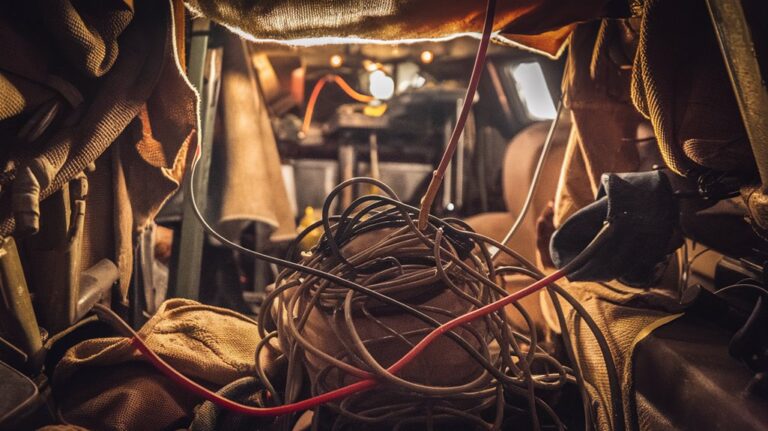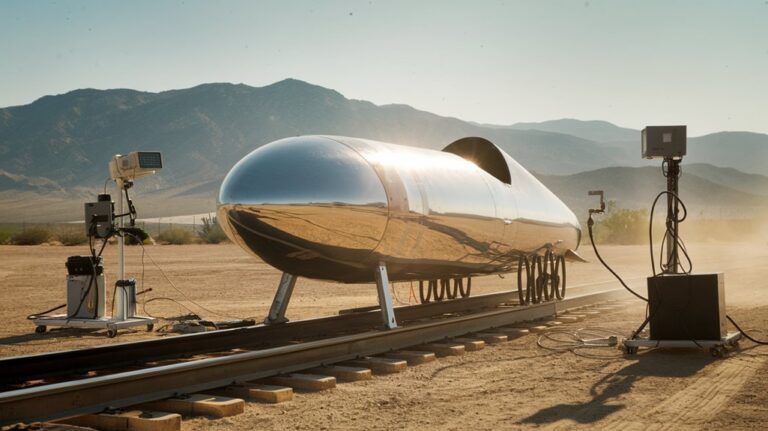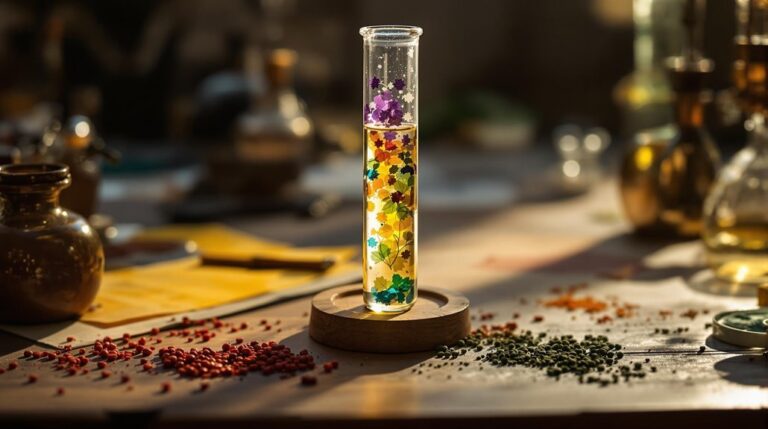Nintendo Cartridge Blowing: Why Gamers Spit on Their Consoles
You've probably done it – that quick puff of air into your Nintendo cartridge when your game wouldn't start. Maybe you learned it from a friend, or maybe it just seemed like the natural thing to do. This widespread practice became gaming's most persistent myth, passed down through generations of frustrated players. While you might think you're helping clear dust from those precious contacts, there's more to this ritual than meets the eye, and the truth might surprise you.
The Origin Story: How Blowing Became a Gaming Ritual
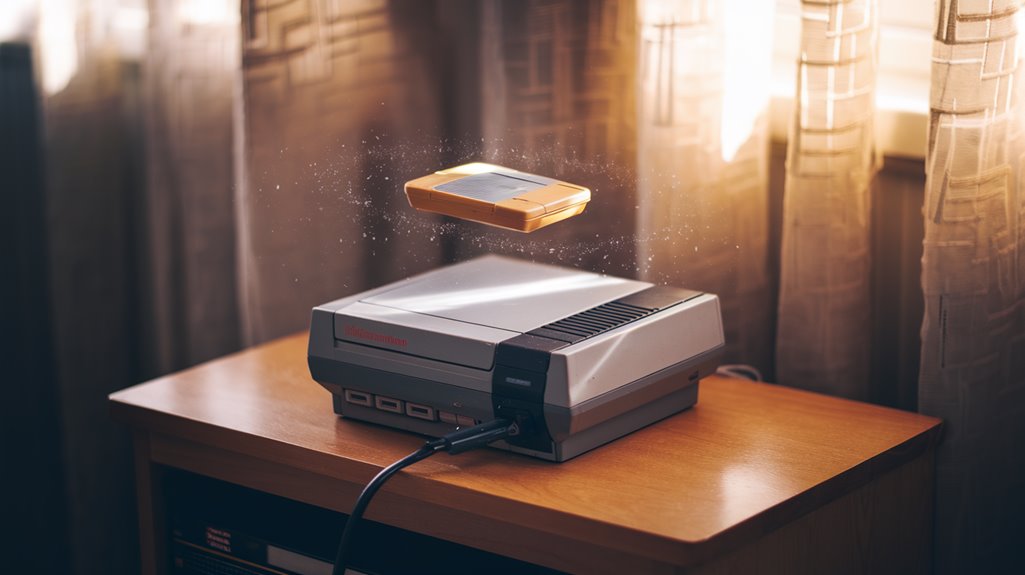
While Nintendo's original Famicom featured a reliable top-loading design, the company's decision to redesign the NES for American markets inadvertently sparked one of gaming's most persistent rituals.
The VCR-inspired front-loading system created connection problems with its buried cartridge slot and weakening nickel pins, leading frustrated gamers to develop their own solutions. The frustration was amplified by the 72-pin connector design that proved especially problematic. The system utilized a zero insertion force connection that was meant to prevent damage.
Among these gaming rituals, blowing into cartridges became the most widespread fix, spreading like wildfire through a "hive mind" effect.
You might remember adults reinforcing these cartridge myths, assuming dust was the culprit behind game failures.
In reality, the practice gained momentum through a simple placebo effect – the act of removing and reinserting cartridges often solved connection issues, making you believe your breath had magical fixing powers.
The Science Behind Console Connection Issues
Understanding why NES games failed to boot requires examining the console's fundamental design flaws. The zero insertion force connector system would deteriorate over time, making proper cartridge connections increasingly difficult.
Without regular connector maintenance, both your console and game cartridges became susceptible to oxidation effects and mechanical wear.
Three primary factors contributed to connection failures:
- Tarnishing and corrosion of metal contacts due to environmental exposure
- Weakening of the connector pins from repeated cartridge insertions
- Natural degradation of internal components over years of use
You're not dealing with just dust or dirt – it's actually a complex interaction of mechanical and chemical processes.
The real culprit behind those frustrating game crashes was the console's inherent design limitations combined with the inevitable wear-and-tear of its connection system. According to experts, mechanical wear issues were well-documented problems with Nintendo's systems. Many players developed the habit of blowing on cartridges despite its ineffectiveness at solving connection problems.
Why Nintendo Warned Against This Practice
Despite its widespread popularity among gamers in the 1980s, Nintendo actively discouraged players from blowing into game cartridges through warning labels and educational materials. The company recognized that this common practice could severely damage both cartridges and consoles due to moisture from players' breath. As systems evolved, Nintendo continued this warning practice with their 72-pin interface cartridges.
The myth that the practice helped persisted because bad connections were often temporarily fixed by removing and reinserting cartridges. To promote proper cartridge care, Nintendo released their official NES Cleaning Kit in 1989 and printed explicit warnings about moisture damage on game packaging.
You might've thought you were removing dust, but you were actually causing corrosion and contamination of the pin connectors. The company's concerns were later validated by experts like Frankie Viturello and Vince Clemente, who demonstrated that blowing on cartridges led to long-term damage through rusting and patina formation on the contact points.
The Real Damage: Long-Term Effects on Gaming Hardware
Although many gamers believed blowing into cartridges offered a quick fix, this practice inflicted serious long-term damage on their gaming hardware.
When you blow into cartridges, you're fundamentally introducing moisture that triggers cartridge corrosion and accelerates oxidation effects, leading to permanent hardware deterioration.
Your breath's moisture creates a perfect environment for destructive processes:
- The metal connectors develop a corrosive patina layer that interferes with proper connections
- Internal components suffer from increased wear and contamination
- The accumulation of moisture speeds up the degradation of critical hardware elements
The placebo effect made gamers believe blowing on cartridges actually worked, perpetuating this damaging practice across generations.
These damaging effects don't show up immediately, which is why you might've thought the practice was harmless.
In reality, you're greatly shortening your gaming hardware's lifespan and increasing the likelihood of permanent failure.
Proper Maintenance Methods for Vintage Cartridges
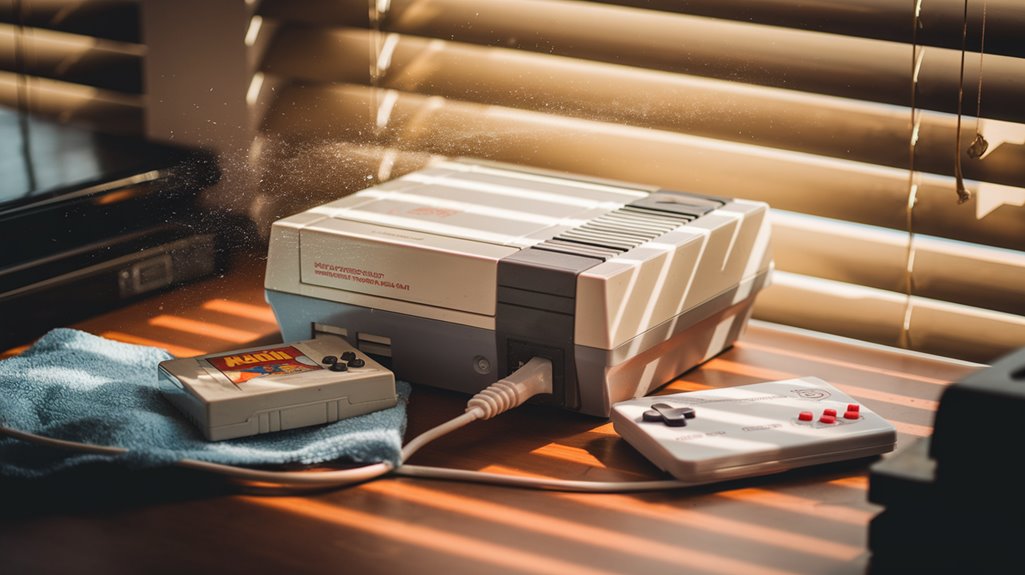
To keep your vintage game cartridges in pristine condition, you'll need more than just quick fixes and improper cleaning methods. Professional experts suggest avoiding blowing into cartridges to prevent moisture damage.
Start your cartridge cleaning routine by using isopropyl alcohol (90% or higher) with cotton swabs to clean the contacts. For stubborn grime, gently polish the contacts with an eraser, followed by a thorough alcohol wipe-down. Most vintage cartridges require removing two front screws to access the interior components for thorough cleaning.
These maintenance tips can extend beyond basic cleaning. When dealing with heavily soiled cartridges, use a small amount of Bar Keepers Friend with a microfiber cloth, but avoid prolonged exposure to prevent plastic damage.
If your game won't save, you'll need to replace the battery – typically a CR2025 or CR2032 – using proper soldering techniques. Remember to regularly inspect for rust and test the battery voltage with a multimeter when possible.
Cultural Impact and Gaming Nostalgia
Beyond proper maintenance techniques, the practice of blowing into game cartridges has left an indelible mark on gaming culture.
Despite being debunked as ineffective and potentially harmful, this shared ritual remains one of gaming's most enduring nostalgic experiences, connecting generations of players through a common misconception.
The practice has become deeply embedded in gaming folklore, spawning countless references and discussions in retro gaming communities. With the retro gaming market experiencing a 42% price increase since 2020, these nostalgic practices have become even more valuable to collectors and enthusiasts. This cultural phenomenon aligns with the thousand-fold increase in retro gaming video uploads compared to 2007.
This collective memory now fuels the growing retro gaming market, where both seasoned players and newcomers celebrate these cherished gaming traditions.
You'll find its cultural significance reflected in three key ways:

